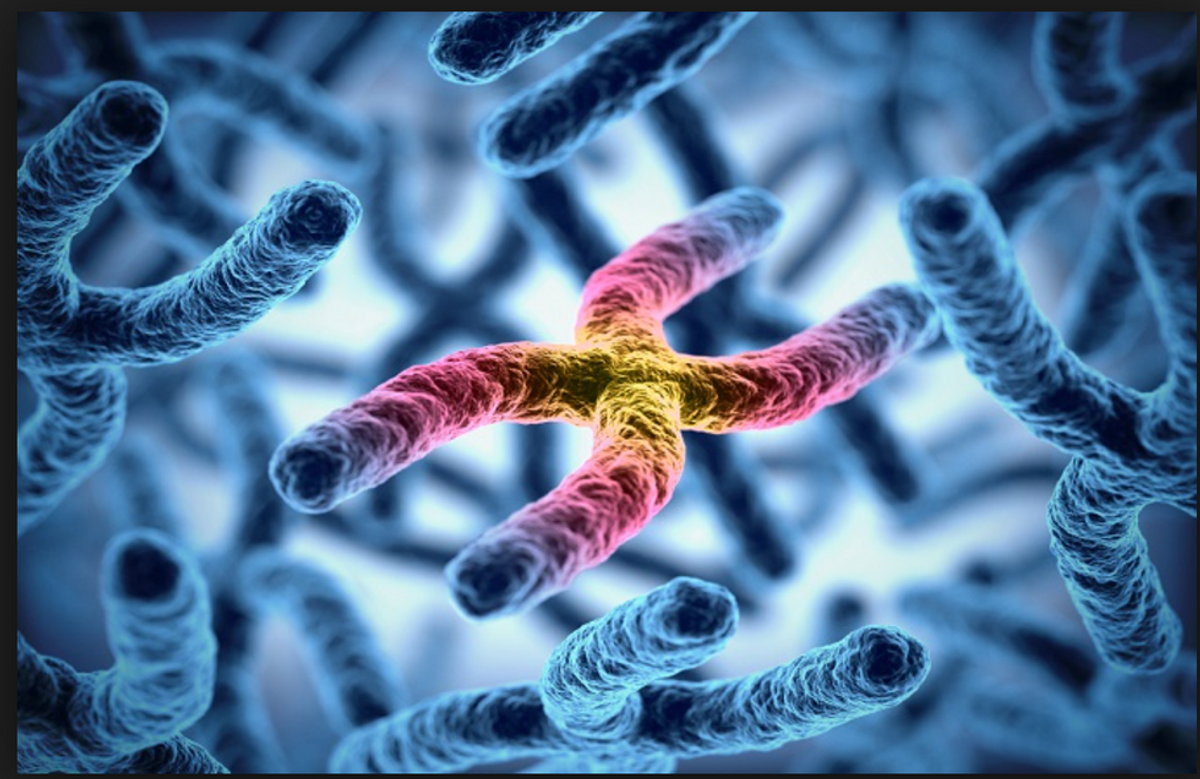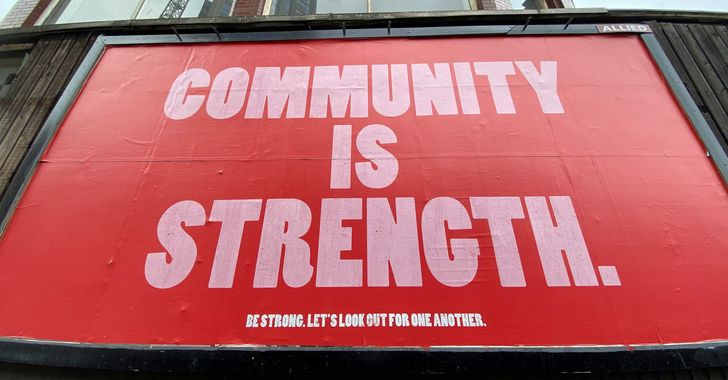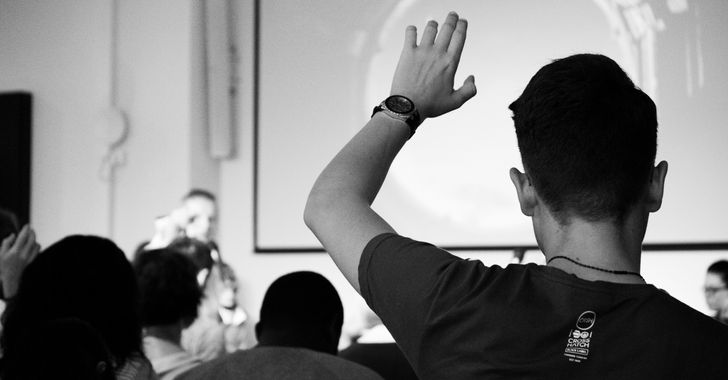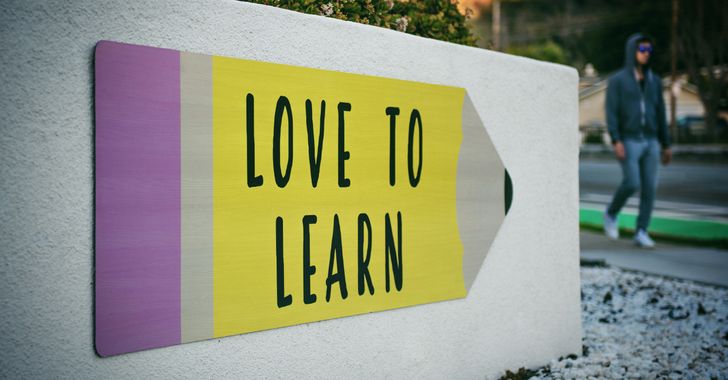There is now a gene editing technique that can literally copy, cut, and paste over your DNA. This technique is called CRISPR or “clustered regularly interspaced short palindromic repeats.” CRISPR-Cas9 “...involves a piece of RNA, a chemical messenger, designed to target a section of DNA; and an enzyme [Cas9], called a nuclease, that can snip unwanted genes out and paste new ones in.” (The Economist) This technique is under current attack as it could completely alter human evolution; however, CRISPR has the ability to edit genetic sequences both quickly and cheaply, and to eliminate genetic disorders.
It was first observed in 1987 by a group of Japanese scientists in the DNA surrounding an E Coli bacterium. They saw structures that were unrecognizable and made note of it. The puzzlement was resolved in 2005 when Francisco Mojica, a microbiologist at the University of Alicante, decided to compare CRISPR DNA with the DNA of thousands of other organisms. The results were shocking, “..every unknown sequence turned out to be a fragment of DNA from an invading virus.” (The Gene Hackers) In 2007, two microbiologists working for the Danish yogurt company, Danisco, decided to infect the microbe Streptococcus thermophilus, which is used to make yogurt, with two viruses. Some of the bacterium died and some survived. The bacterium that survived were discovered to possess CRISPR molecules (or gene) that fought off the viruses.
The foreseen effects of CRISPR have the possibility of wiping out genetic diseases, and develop therapies for conditions such as Alzheimer's, Cystic Fibrosis and Hodgkin’s Disease. CRISPR could also affect oncology. Scientists plan to place cancer seeking gene’s (crafted by CRISPR) into an individual’s immune system. Scientists have recently created the “Cas9 mouse” which is a mouse that has had the Cas9 enzyme inserted into it when it was an embryo, causing each cell within the mouse to possess it. Cas9 is the “cutting” part of CRISPR and means CRISPR-associated nuclease. Hence, it is called CRISPR-Cas9. The effect of this was a mouse that was capable of being easily edited and negated the need to cross breed or modify one gene at a time, which is time consuming. These mice are then injected with probes that carry what are believed to be mutations of cancer. The effect of Cas9 is that it cuts down on the time it takes to prepare a mouse for study, and speeds up cancer research. With CRISPR-Cas9, it is possible to knock out every mutation of a cancer cell (which could be over 50) and study it individually, revealing its “Achilles heel” of cancer and also how it evades treatment. Through CRISPR, scientists hope to map every trick that cancer cells have up their sleeves such as how they form, how they avoid responding to drugs and how they can be eradicated.
In July 2014, scientists in Philadelphia employed CRISPR-Cas9 to cut out the HIV virus in a human immune cell line; this prevented the replication of the virus as well as cleaned up the infected cells, even after reexposure to the virus. This is an outstanding discovery in HIV treatment because although current HIV drugs have the capability of eradicating HIV from cells, once the individual stops taking the drugs, HIV returns. With the employment of CRISPR-Cas9, HIV could be gone from cells for forever. The procedure was done on T-cells from HIV patients grown in cell culture, but further testing needs to be conducted before it can be confirmed as a treatment.
The shortage of organs needed for organ transplant is a growing issue. Scientists have tried for years to harvest pig organs and use them to transplant into humans who are in need of them. However, this has been ineffective because pig DNA is filled with retroviruses that infect human cells when introduced. Using CRISPR-Cas9, scientist George Church has edited 62 pig genes simultaneously by sending out CRISPR-Cas9 to snip out the virus from the pig’s genome. He then mixed the edited cells with human cells and none of the human cells became infected. This shows that CRISPR-Cas9 is both effective and time efficient as he was able to edit all at once.
It is not completely clear who developed the technique of employing CRISPR-Cas9 for gene editing. Two scientists have so far been given credit, with lawsuits resulting. Dr. Jennifer Doudna was the first to file a patent on CRISPR-Cas9; however, the right to use it commercially was given to a scientist named Feng Zang who also insists he discovered the technique. The patent lawsuit is currently in the courts.





 people sitting on chair in front of computer
people sitting on chair in front of computer



 all stars lol GIF by Lifetime
all stars lol GIF by Lifetime two women talking while looking at laptop computerPhoto by
two women talking while looking at laptop computerPhoto by  shallow focus photography of two boys doing wacky facesPhoto by
shallow focus photography of two boys doing wacky facesPhoto by  happy birthday balloons with happy birthday textPhoto by
happy birthday balloons with happy birthday textPhoto by  itty-bitty living space." | The Genie shows Aladdin how… | Flickr
itty-bitty living space." | The Genie shows Aladdin how… | Flickr shallow focus photography of dog and catPhoto by
shallow focus photography of dog and catPhoto by  yellow Volkswagen van on roadPhoto by
yellow Volkswagen van on roadPhoto by  orange i have a crush on you neon light signagePhoto by
orange i have a crush on you neon light signagePhoto by  5 Tattoos Artist That Will Make You Want A Tattoo
5 Tattoos Artist That Will Make You Want A Tattoo woman biting pencil while sitting on chair in front of computer during daytimePhoto by
woman biting pencil while sitting on chair in front of computer during daytimePhoto by  a scrabbled wooden block spelling the word prizePhoto by
a scrabbled wooden block spelling the word prizePhoto by 
 StableDiffusion
StableDiffusion
 StableDiffusion
StableDiffusion
 StableDiffusion
StableDiffusion

 women sitting on rock near body of waterPhoto by
women sitting on rock near body of waterPhoto by 
 Photo by
Photo by  Photo by
Photo by  Photo by
Photo by  Photo by
Photo by  Photo by
Photo by  Photo by
Photo by  Photo by
Photo by  Photo by
Photo by  Photo by
Photo by  Photo by
Photo by 








